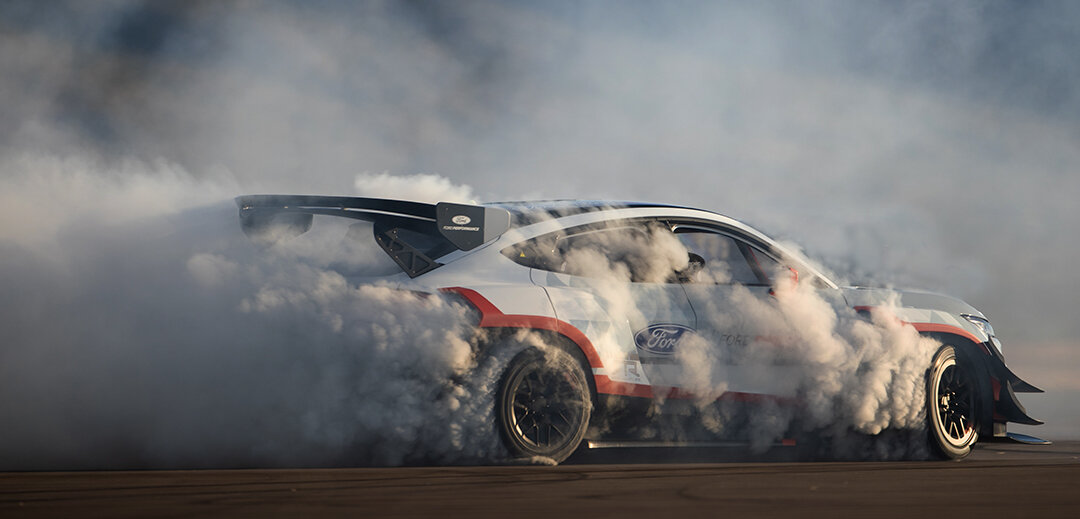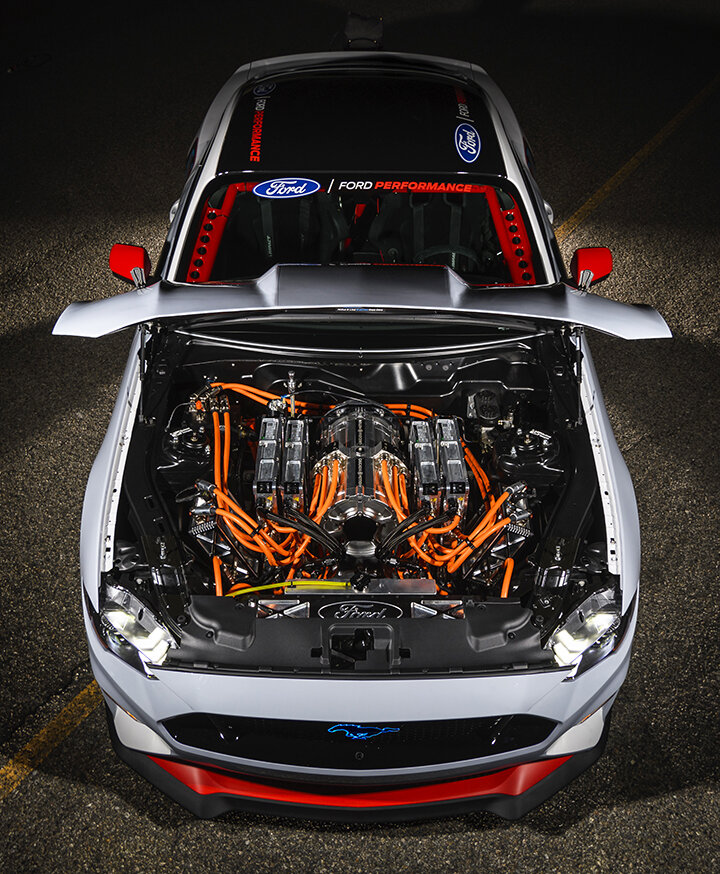All-Electric Ford Mustang Comparison: Gittin/RTR Mach-E 1400 Vs Cobra Jet 1400
September 2020 • By Tony Thacker • Photos Ford and RTR VehiclesI’m not sure they’re the answer to our environmental problems but I have to admit, I’m a total fan of electric cars. I also have to admit I was not a fan of the electric Mustang when it was revealed at the 2019 SEMA Show. It just looked too plump. To me, a Mustang should be what its name suggests: Sinuous, muscular power and yet it looked like a 55-year-old that had put on weight. It got large. In fact, it’s a four-door SUV that some have described as a ‘fat Fiesta.’
Mustang Mach-E 1400: In an effort to make the Mustang legit, Ford Performance and Vaughn Gittin Jr. of RTR Vehicles teamed up to produce the Mustang Mach-E 1400 a one-off prototype producing 1,400 peak horsepower and more than 2,300 lb. of downforce at 160 mph from its seven, yes, seven motors and an ultra-high-performance 56.8-kilowatt-hour battery.
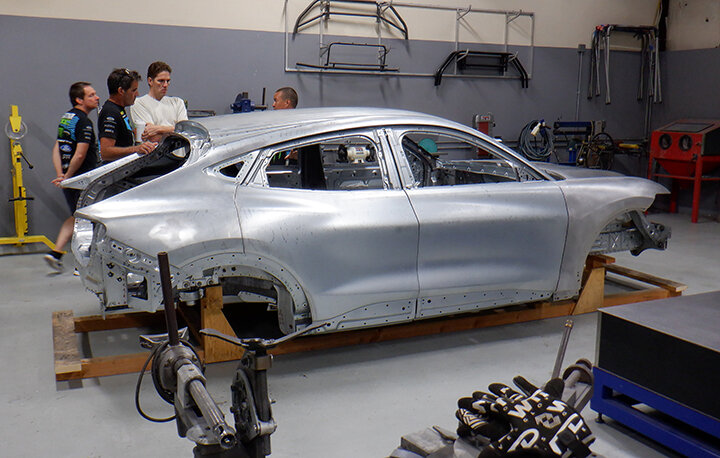
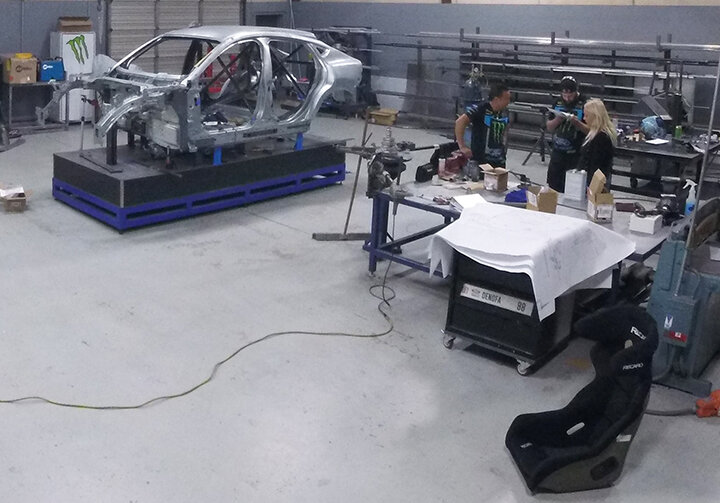
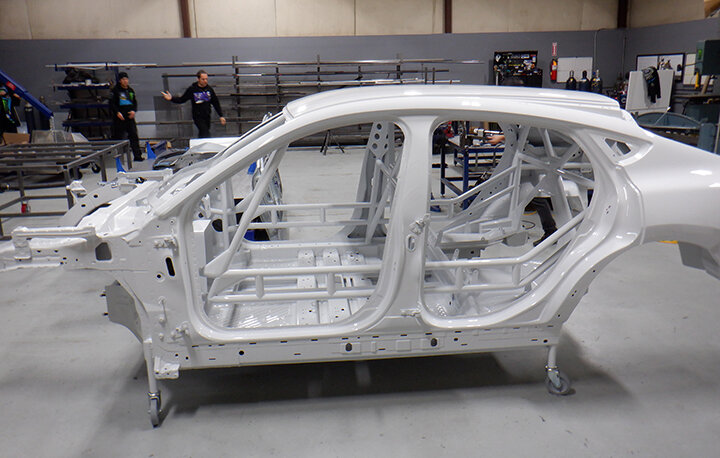
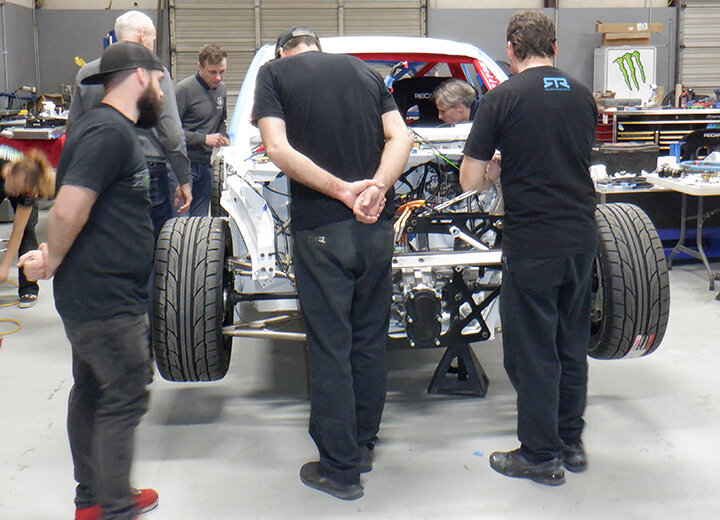
But why seven motors? Three are attached to the front differential and four are attached to the rear in pancake style, with a single driveshaft connecting them to the differentials to enable a huge range of adjustability in order to set the car up for everything from drifting to high-speed track racing. Seeing it smoke all four tires like ‘TV’ Tommy Ivo is simply amazing.
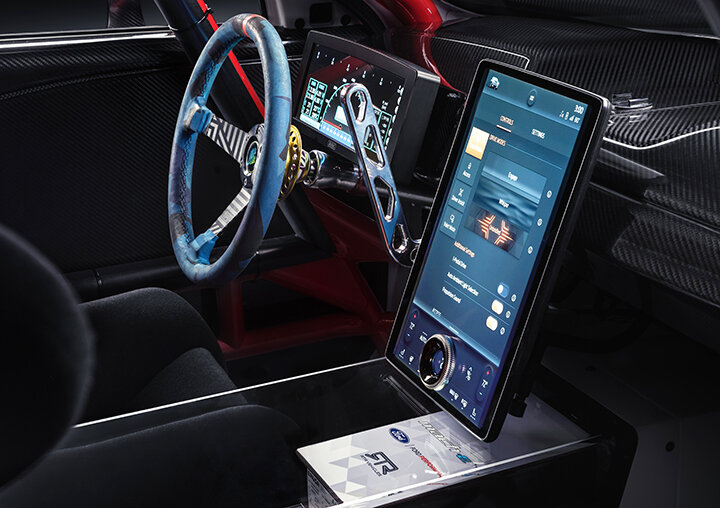
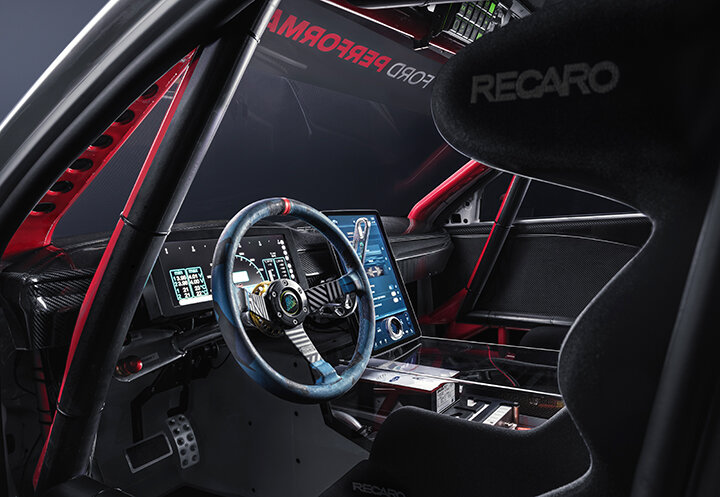
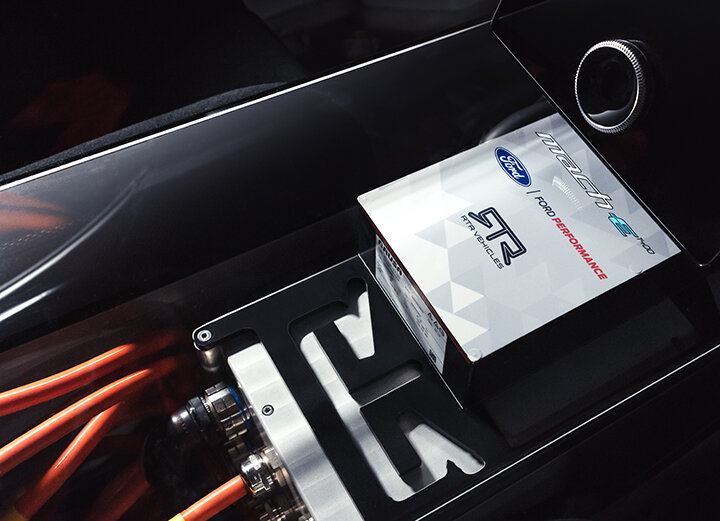
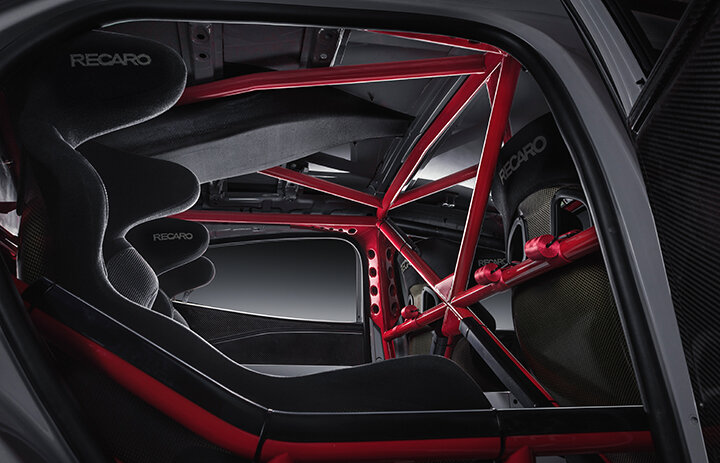
According to Gittin, “Mach-E 1400 is a showcase of the art of the possible with an electric vehicle and the challenge was controlling the extreme levels of power provided by all the motors.”
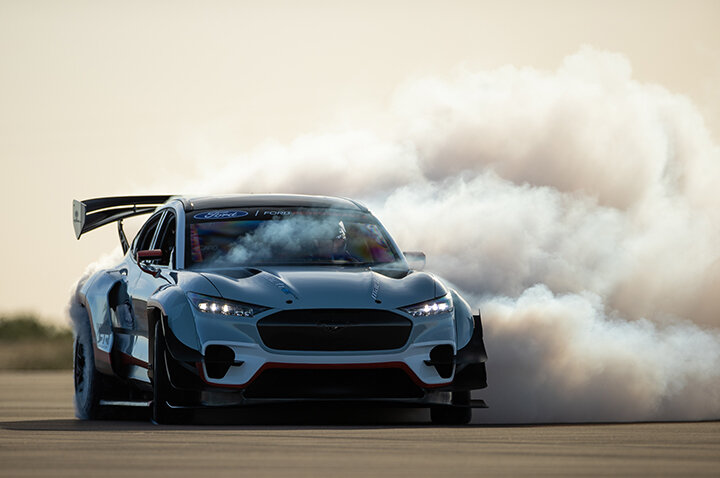
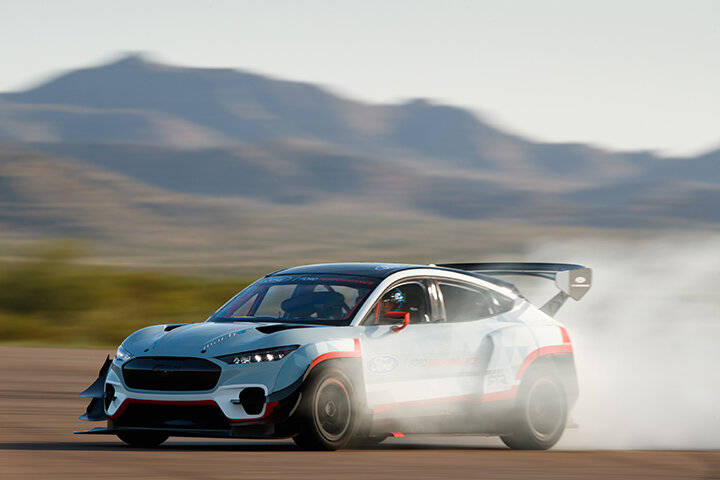
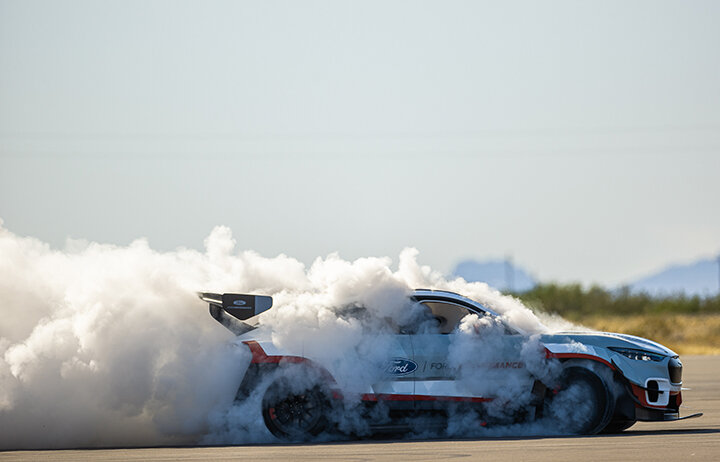
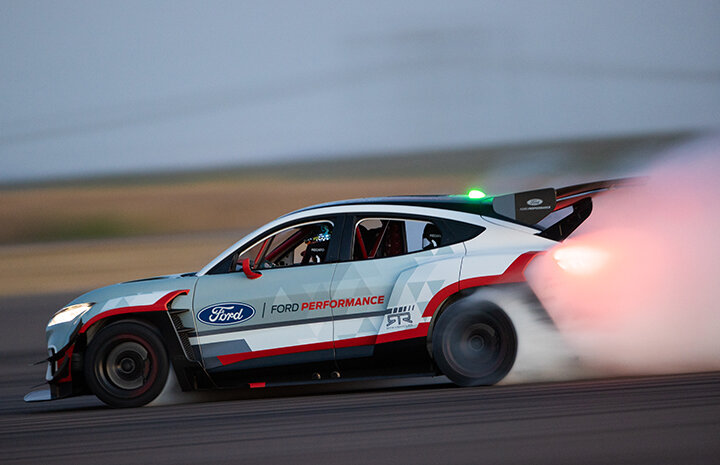
The chassis and powertrain were also set up to allow the team to explore different layouts and their effects on energy consumption and performance, including rear-wheel drive, all-wheel drive, and front-wheel drive. Power delivery can be split evenly between front and rear, or 100-percent to one or the other. Drift and track setups have completely different front-end configurations such as control arms and steering changes to allow for extreme steering angles in drifting.
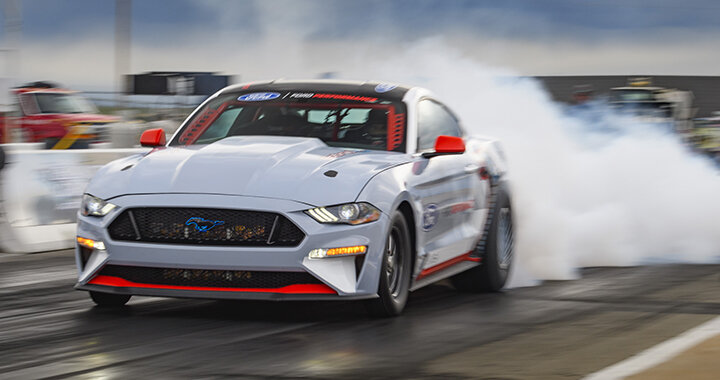
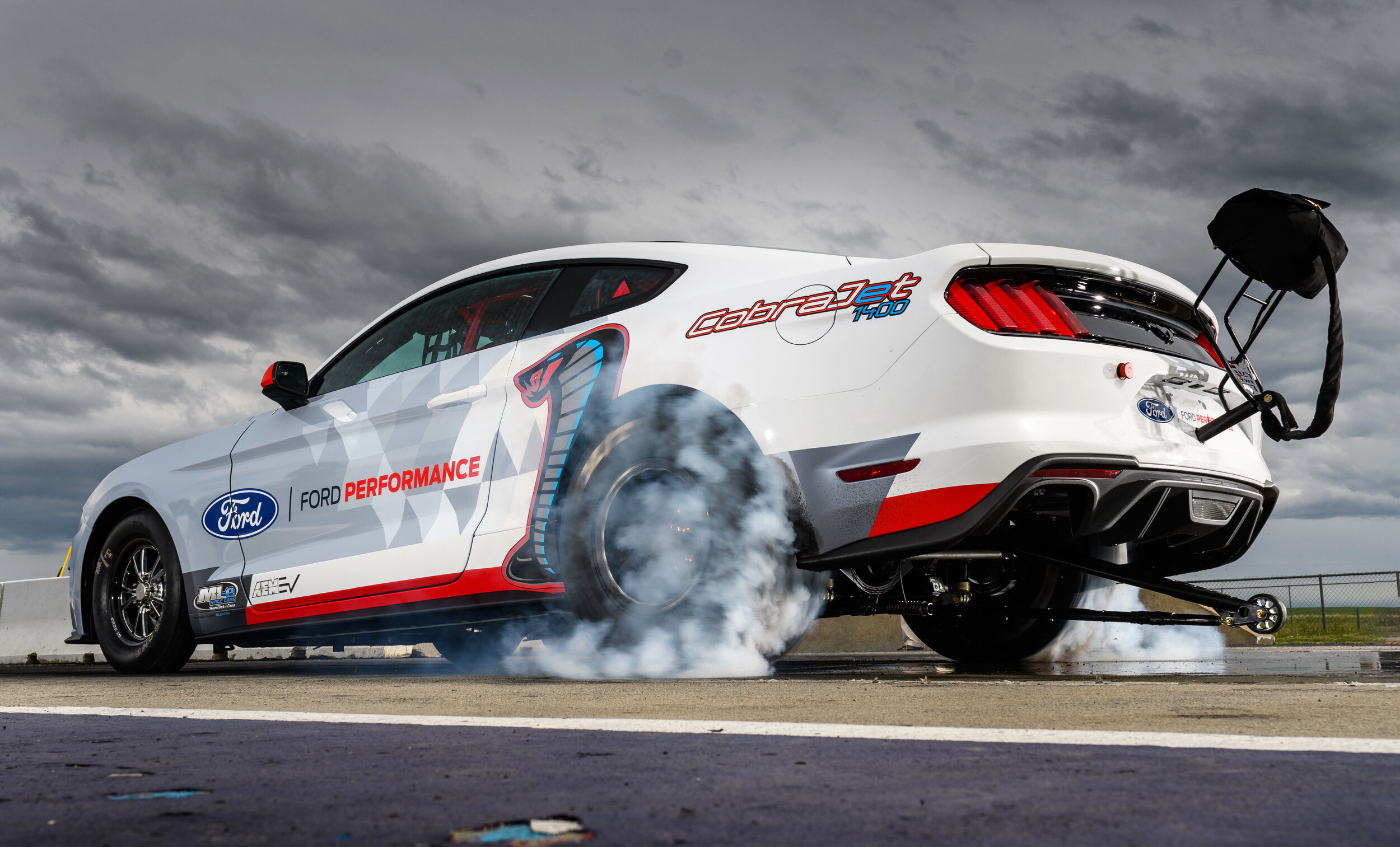
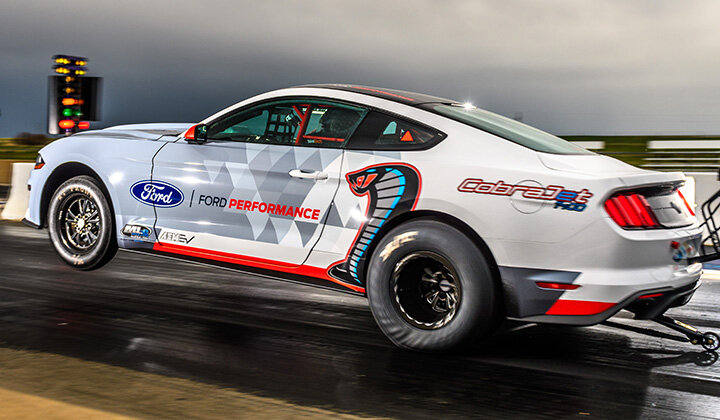
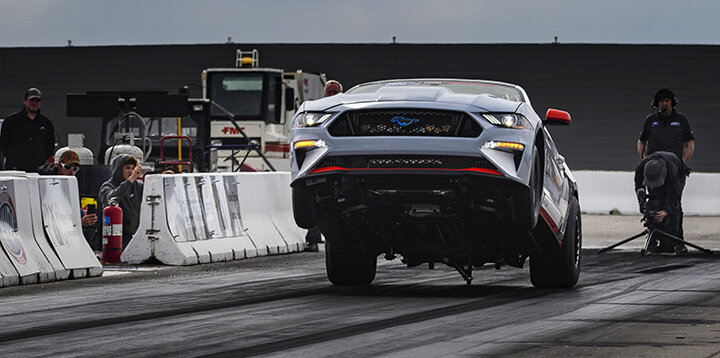
Mustang Cobra Jet 1400: If only for the sake of comparison, it would have been good to know quarter-mile times for the Mach-E but none have been published. That’s a shame because Ford just unveiled an all-electric Cobra Jet 1400 at the U.S. Nationals in Indy and they used the regular Mustang body and not its big brother. They also cut back on the motors using PM250DZR inverters coupled to a pair of oil-cooled DS-250-115 AC units, giving four motors total spinning at up to 10,000 rpm. Developed with Cascadia Motion, these motor-inverter packages run at 800 volts and up to 700 amps, with maximum output of 350kW per motor. In development testing the Cobra Jet reached 1,502 peak wheel horsepower—the equivalent, Ford says, to the combined output of more than three 2021 Mustang GT V8s.

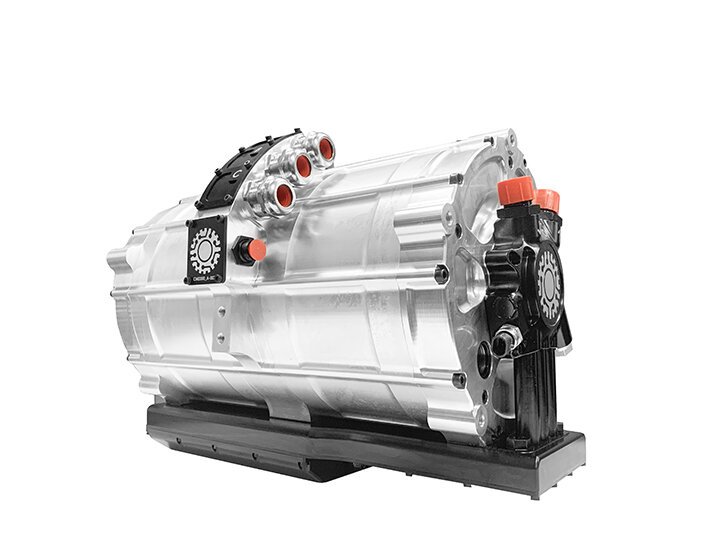
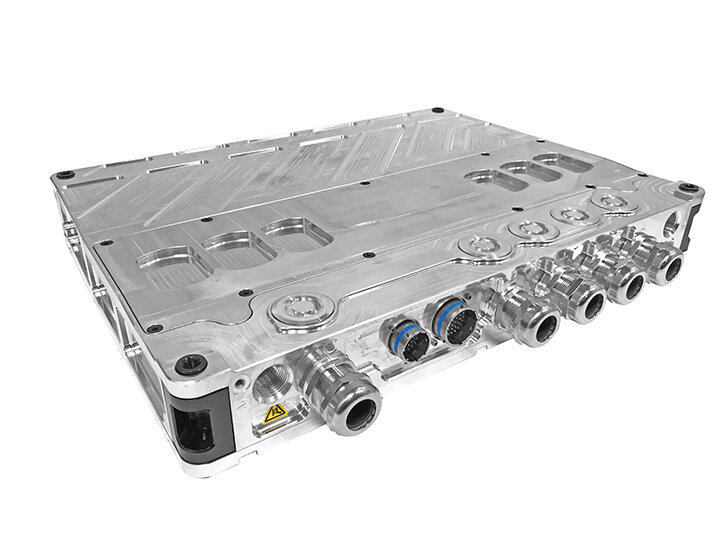
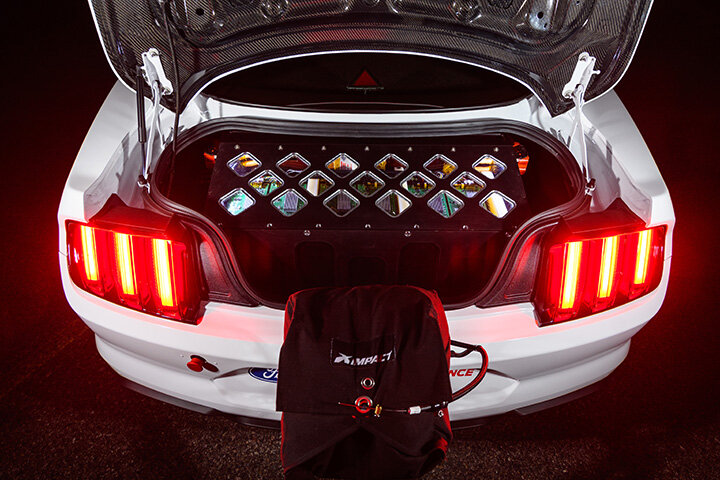

AEM-EV and Ford Performance jointly developed the advanced data and control system that features a control algorithm unique to the Cobra Jet 1400. The sheer amount of power has also required a different approach with chassis tuning strategies, which MLe Racecars (Pat McCue and Jeff Lane), North Bend, WA, Ford’s build and integration collaborator for the project, has delivered with input from Ford Performance’s longtime Cobra Jet build collaborators at WatsonRacing.com, Brownstown, MI who built the rolling chassis.
To capture the strip action we sent TorqTalk photographer Marc Gewertz to Indy to check out Funny Car driver Bob Tasca III driving the prototype in exhibition runs against two time Funny Car champion Tony Pedregon, driving one of Ford’s regular Mustang Cobra Jets.
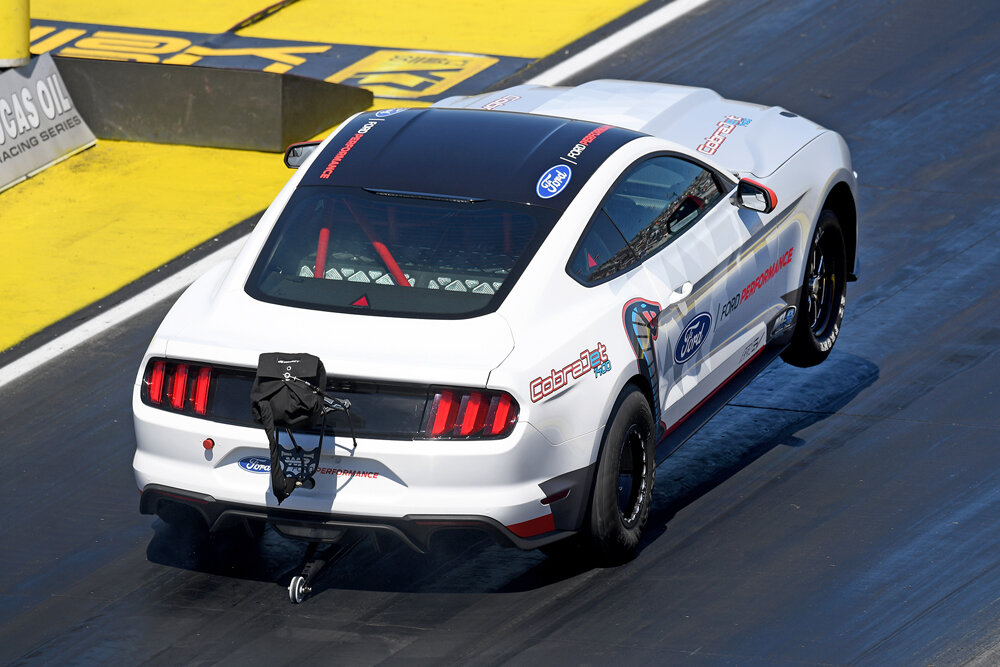
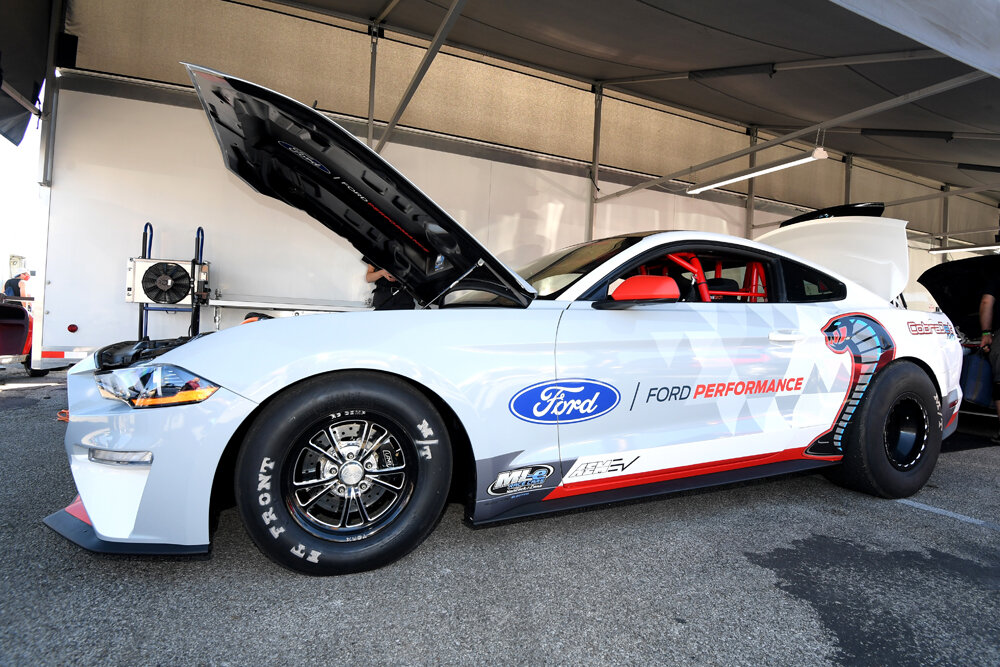
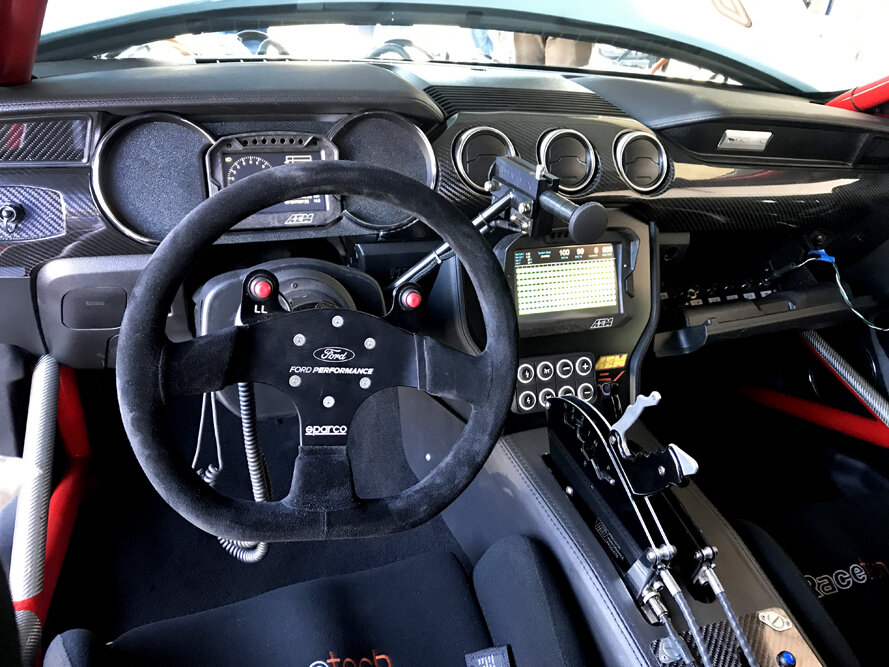
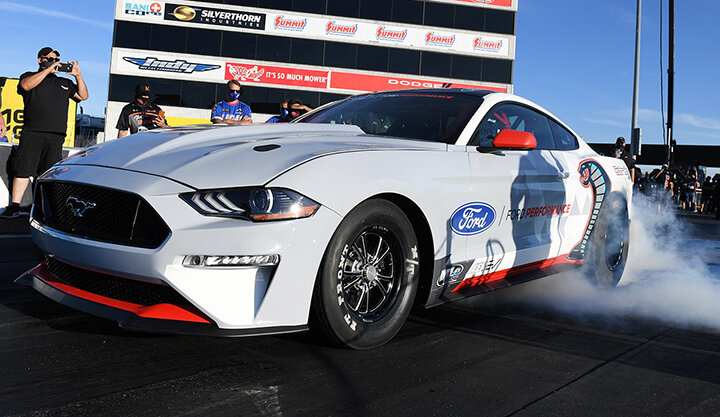
During the Friday exhibition Tasca drove the car to an 8.591 @165.66 mph which was slower than the pre-event testing best of 8.27 @168 mph. However, in the next pairing Pedragon’s reaction time was much quicker at .122 to Tasca’s .242 and his winning time was 8.797 @158.26 compared to Tasca’s 8.826 @156.81. Wheelstanding Tasca might have been a tad slower but there’s no denying the electric Cobra Jet’s performance that we think has a place in the future of motorsports. Incidentally, Ford introduced the original 428ci Cobra Jet on April 1, 1968. The cars ran mid-11s @120 mph—good for their day but a far cry from today’s 8-second all-electric Cobra Jet 1400.

